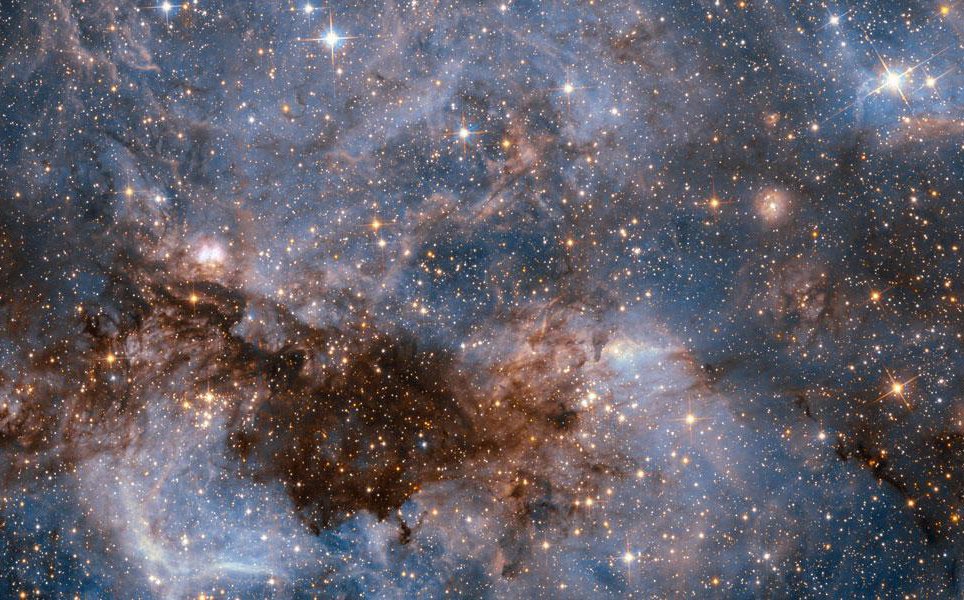For the first time ever, astronomers are witnessing the death of a distinct galaxy. The researchers have also observed that the galaxy was able to eject almost half of its star-forming gas and eventually was losing its fuel.
We all are mired in our day to day lives and the constant hustle-bustle of fulfilling our aspirations. We fight, we run, we argue, we struggle, and sometimes we can get overjoyed by our little accomplishments. But amid all these, we often tend to forget how small are we in this gigantic universe. While we remain marred in our lives and its nitty-gritty, there are many unimaginable phenomena that are taking place in space that we are unaware of.
In the recent times, most perplexing phenomenon to raise eyebrows of the entire world took place when a galaxy was found out to be gradually withering away. Following that astronomers have said that they have witnessed many galaxies being dead but never witnessed the process of dying of the galaxies. This is the first time ever in the cosmic history that scientists and astronomers have managed to observe the process of galaxies dying.
The galaxy is located around nine billion light-years away and astronomers could able to see it through Atacama large millimeter array (ALMA) telescope. This discovery of a dying galaxy was made during the research for studying the nature of cold gases in a faraway galaxy system. Further, they have witnessed that the galaxy was able to eject almost half of its star-forming gas and eventually was losing its fuel.
How did galaxies die?
Galaxies begin to die when they stop forming stars within them. The galaxy which is under constant observation of astronomers, known as ID2299, is constantly ejecting cold gas which is equivalent to the material for 10,000 suns on annual basis. Moreover, it is propounded by scientists that the galaxy is currently removing 46 percent of its total gas at the present rate.
These inferences that were published in Nature astronomy have gone on to a conclusion that although the galaxy is seemingly producing stars, it will not be able to continue for an infinite period of time as it is rapidly losing out all its fuel that is the cold gas. As the galaxy continues to form stars, it will soon exhaust its remaining fuel and will die in a few million years.
Gas ejection process from galaxies
The astronomers, who have been constantly tracking the death of the galaxy ID2299 are saying that the galaxy is releasing monumental amounts of cold gas which is a consequence of a collision between two galaxies that ultimately led to the formation of a bigger galaxy ID2299. Astronomers have pointed out that these sorts of colliding galaxies can be identified by their tidal tails with glowing tails and streams of stars and gas extended in the space. Researchers so far have been able to identify the point of collision from the light that did glow through the portion of elongated stream.
Previously, it was sought to believe that the galaxies must be ejecting out cold gases due to black hole activity and winds generated due to star formation. But now the study claims that this phenomenon could be occurring due to both winds and tidal effects.

